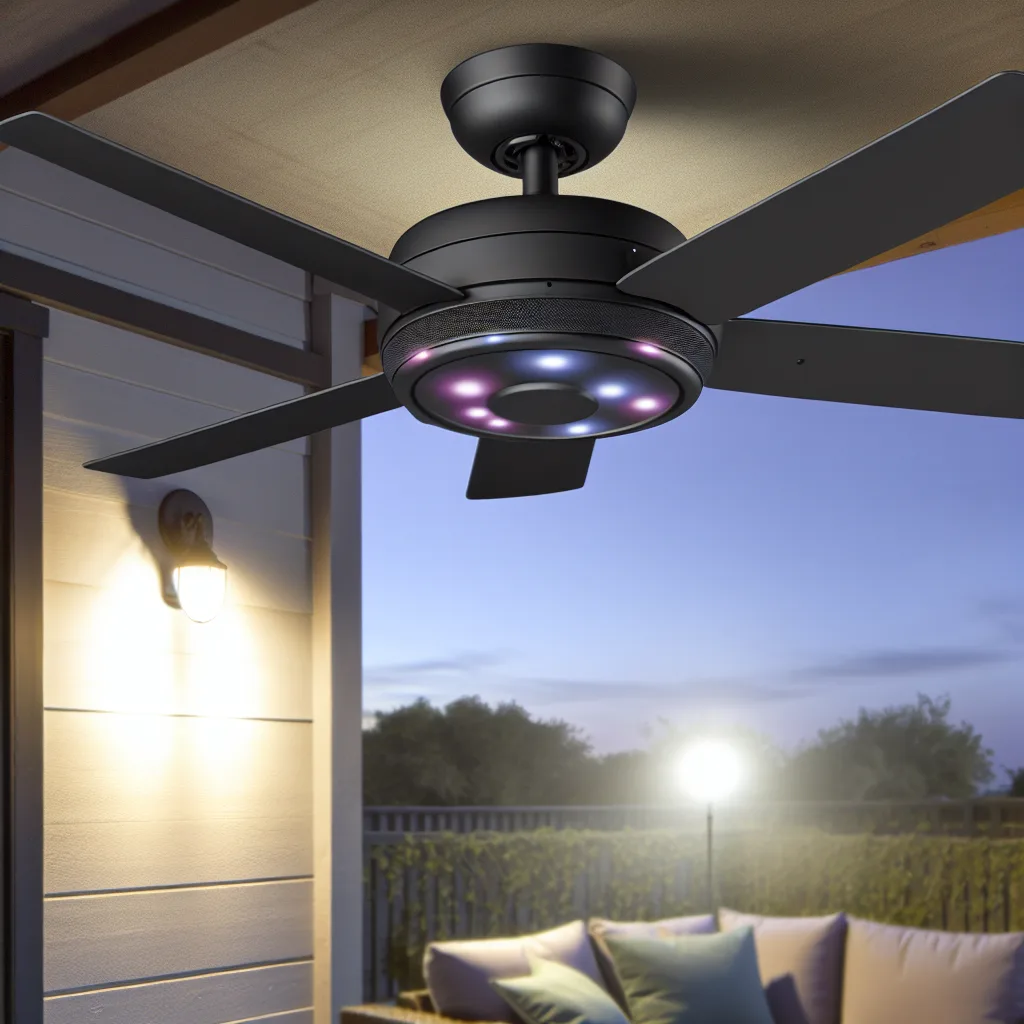How to integrate your Home Depot DC ceiling fan with smart home triggers like Ring floodlight activity
If you’ve recently installed a DC ceiling fan, like the Home Depot Home Decorators model with multiple light temperature settings and a six-speed DC motor, you might be wondering how to get it working automatically with your smart home gear. For example, could you have it turn on at a specific fan speed and light temperature when your Ring floodlight detects motion after dark? That’s exactly the kind of setup I’ve been curious about lately, and it turns out it’s doable — with some caveats.
Understanding the Basics of a DC Ceiling Fan
First off, what’s special about a DC ceiling fan? Unlike traditional AC fans, DC motors use less energy and offer more precise speed control. Many come with remotes that let you pick from multiple speeds and light color temperatures, like the one from Hampton Bay on Home Depot’s website here.
The catch is that these fans are usually controlled by a remote rather than a simple wall switch. Your home wiring might just provide power from a single-pole switch that turns the fan on or off. The remote then handles all the speed and light temp adjustments. So, the fan’s “smart features” aren’t directly tied to your home’s power switch.
Why This Makes Integration Tricky
Because your fan’s settings are managed by an infrared or radio frequency remote rather than a smart switch, connecting it directly to an automation platform like IFTTT (If This Then That) can be a bit complicated. The usual smart switches that control AC motors might not be compatible with the DC motor tech.
This wasn’t as much of a problem with simpler devices like smart plugs and string lights, where turning power on and off controls the on/off state. With the ceiling fan, simply cutting the power doesn’t preserve your preferred fan speed or light color temperature.
What You’ll Need to Automate Your DC Ceiling Fan
- A Smart Infrared or RF Controller: Some third-party devices can emulate your fan’s remote control signals. By connecting these to your smart home system, you can send commands to change speeds or adjust light colors based on triggers, like motion from your Ring floodlight.
- Integration with IFTTT or a Hub: Once you have a compatible IR/RF controller, you can set up automation rules that respond to your Ring floodlight’s motion detection. This way, when motion is detected after 6 PM, your fan can adjust to your preferred settings automatically.
-
Potential Workarounds: If your fan or remote supports smart home assistants like Amazon Alexa or Google Home natively, that could simplify control. Otherwise, custom setups with smart remotes might require some DIY tech skills.
Alternatives and Tips
If this sounds a bit too complex, an easier compromise could be using a smart plug just to cut power to the fan, turning it on or off with motion triggers. But remember, this won’t let you preset fan speeds or light temperatures — every time it powers up, it might default to some basic mode.
For more detailed help, you could check out communities specializing in smart home integrations or look for tutorials on platforms like SmartHomeDB or the official documentation for your fan model and Ring floodlight.
Wrapping Up
The DC ceiling fan’s remote-controlled tech offers great features but doesn’t easily mesh with simple smart home routines based on power switching alone. To get the smooth automation of fan speed and light temp triggered by your Ring floodlight, investing in a compatible IR or RF smart controller is key.
It’s a neat project if you enjoy tinkering with smart home setups and want more tailored control over your space’s comfort and lighting. Hopefully, this gives you a clearer picture of what’s involved and points you in the right direction!
